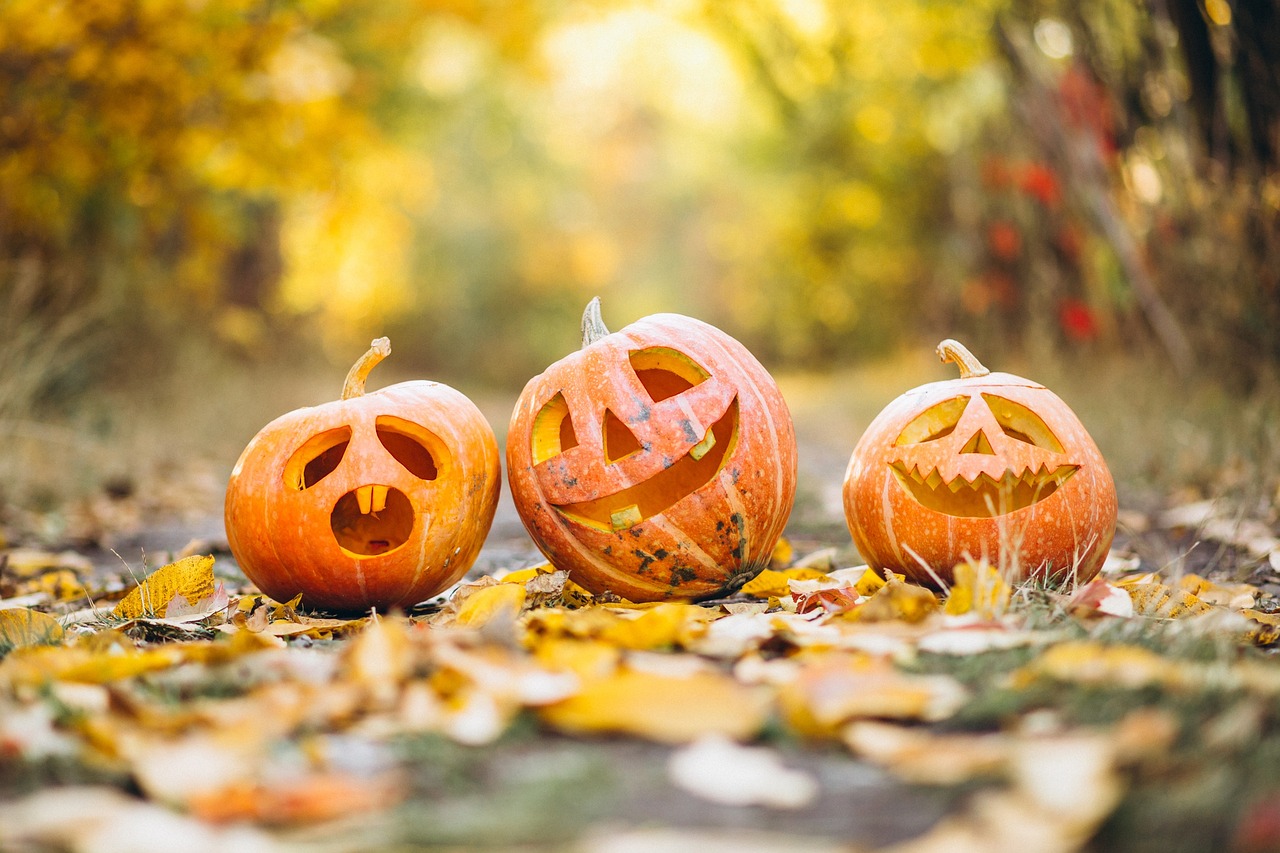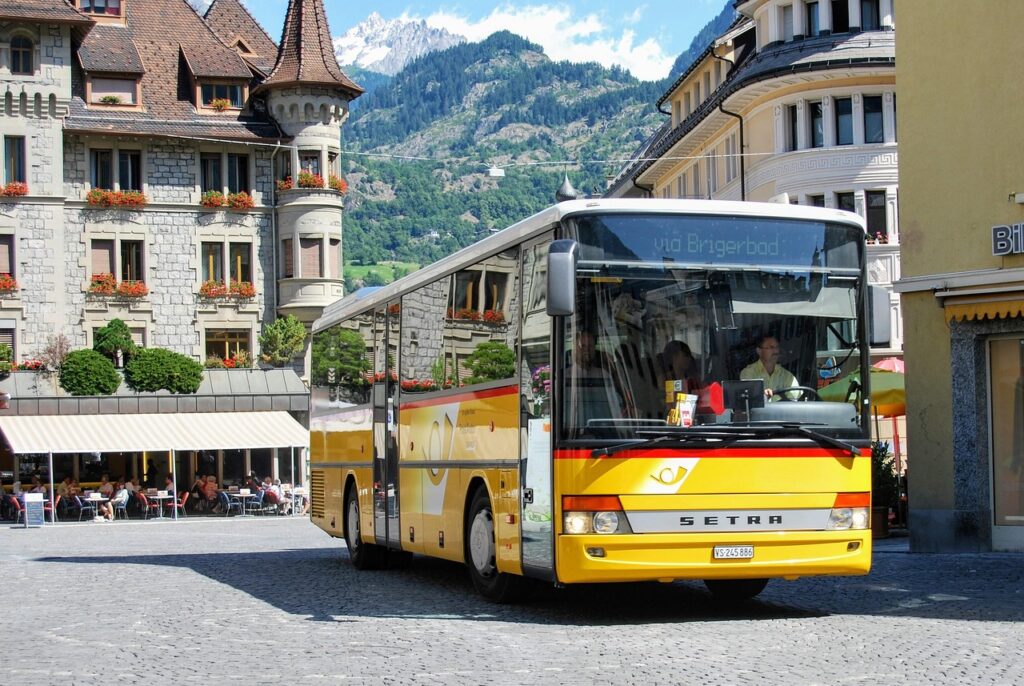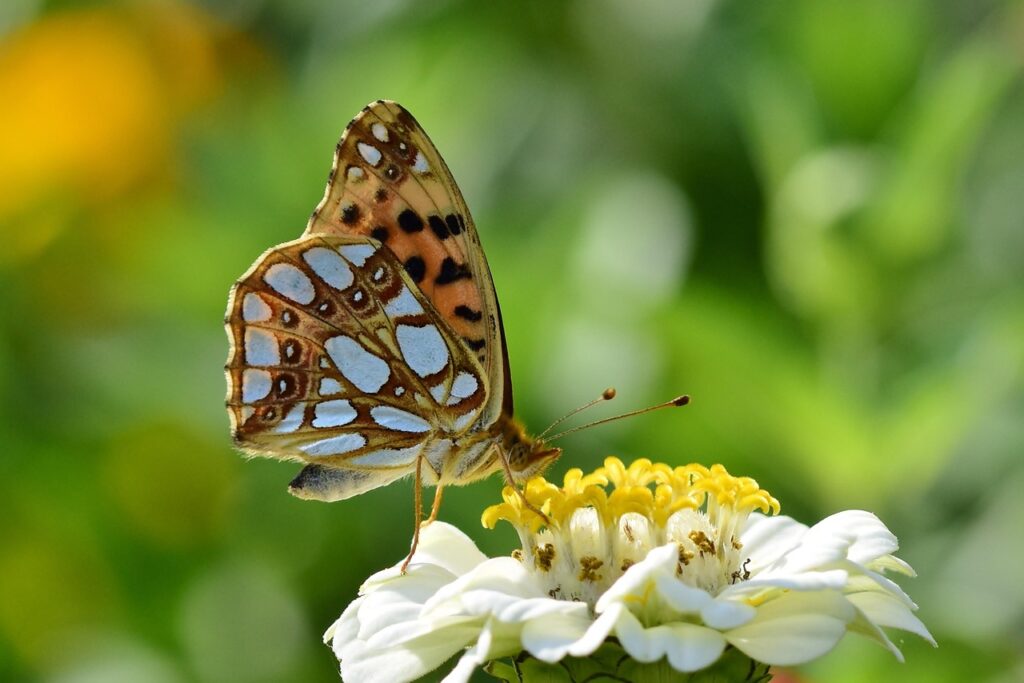Halloween polarizes opinion: For some, October 31 is a day that brings centuries-old customs to life; for others, it’s just another occasion for marketing and sales. Originally strongly influenced by Celtic traditions, Halloween has changed considerably over the centuries and is now a colorful spectacle in many countries.
The origins: from Samhain to modern Halloween
The origins of Halloween go back to the ancient Celts in Ireland and Scotland. The Celtic festival “Samhain,” celebrated on October 31, marked the end of the harvest season and the transition to the dark season. On this special night, it was believed that the spirits of the deceased and other supernatural beings returned to Earth to communicate with the living. This belief gave rise to customs such as lighting fires to keep the spirits away and wearing masks to drive away the evil spirits.
Later, Samhain merged with the Christian holiday “All Souls’ Day,” on which the deceased are honored. Irish emigrants eventually brought the tradition to America, where it was combined with the popular “Trick or Treat” custom and thus became the Halloween that is known all over the world today.
Why Halloween fascinates us so much
Halloween offers many people more than just spooky entertainment and sweets. From a psychological point of view, Halloween allows people to act out their fears in a safe environment. Experts agree that the mixture of fear and joy gives us an exciting opportunity to engage with the scary playfully. Scary movies, stories, and costumes allow us to get closer to the supernatural without any real danger. Dressing up also has a special appeal, as it gives us the opportunity to slip into a different role for an evening—be it as a hero or a scary creature.
Halloween in Austria: from an imported custom to a family celebration
Halloween is also becoming increasingly popular in Austria. At the beginning of the 1990s, the tradition slowly began to establish itself in Europe. Domestic pumpkin farmers, in particular, were delighted with the upswing, as the festival brought new attention to the pumpkin. Formerly used as pig feed, the pumpkin is now used in many forms—whether in soups, oils, or as a decorative element in carved form.
Nevertheless, some view Halloween traditions with skepticism. Churches, for example, fear that the traditional commemoration of the dead on All Saints’ Day will be overshadowed by hilarity. In addition, old, traditional customs are becoming less important, as younger generations often find them less appealing. However, adapting them to modern needs could help to keep local traditions alive.
Pumpkin and co: the special customs surrounding Halloween
The pumpkin, also known as the “Plutzer” in Austria, is the best-known symbol of Halloween and is often carved into a “Jack O’Lantern.”. Legend has it that “Jack,” a cunning character, tricked the devil and was therefore not allowed to enter heaven or hell after his death. Since then, he has supposedly wandered around with a lantern. Today, pumpkin carving is firmly established in many Austrian families, and the European pumpkin weighing championship also provides entertainment: in 2014, a Swiss pumpkin achieved a world record of an impressive 1,054 kilograms—a huge specimen, but one that consisted mostly of water and was not turned into soup. The “trick or treat” tradition has also become established in many parts of Austria. Children in scary costumes go from house to house asking for sweets; otherwise, harmless pranks are threatened. But beware: sometimes the fun gets out of hand, and there is vandalism such as egg throwing and spray cans, which occasionally even requires police intervention.
Halloween events in Austria: from family celebrations to club parties
For many, Halloween also involves partying. The selection of parties and events in Vienna and other cities is large and offers something for every taste. Some highlights:
Spooky Tours in Schönbrunn
The Imperial Palace offers various Halloween-themed tours and events, including the children’s museum and special spooky stories. You might even meet the ghost of Empress Sisi.
Halloween Rave at the Ottakringer Brewery
On October 31, the brewery is transformed into a “haunted castle,” where the spooky fun begins at 10 pm. Three floors offer music from pop to house, and an awareness team ensures that all guests have fun.
Lil Monsters Ball at the Hard Rock Café
Children can dress up in scary costumes, have their faces painted and do arts and crafts. There are also Halloween events for the little ones in Neubaugasse, where they can go from door to door and collect sweets.
Other events take place in clubs such as the Viper Room and the Werk, which are elaborately decorated especially for Halloween night.
Halloween and the future
Halloween remains a festival that is constantly changing. With international influences and modern customs and trends, it will continue to play a special role and evolve in the future. Whether through innovative decorations, costumes, or new traditions, Halloween creates a colorful and exciting change from everyday life and will continue to inspire people of all ages.
- source: oe24.at/picture: Image by Mayur Gadge from Pixabay
This post has already been read 14556 times!



